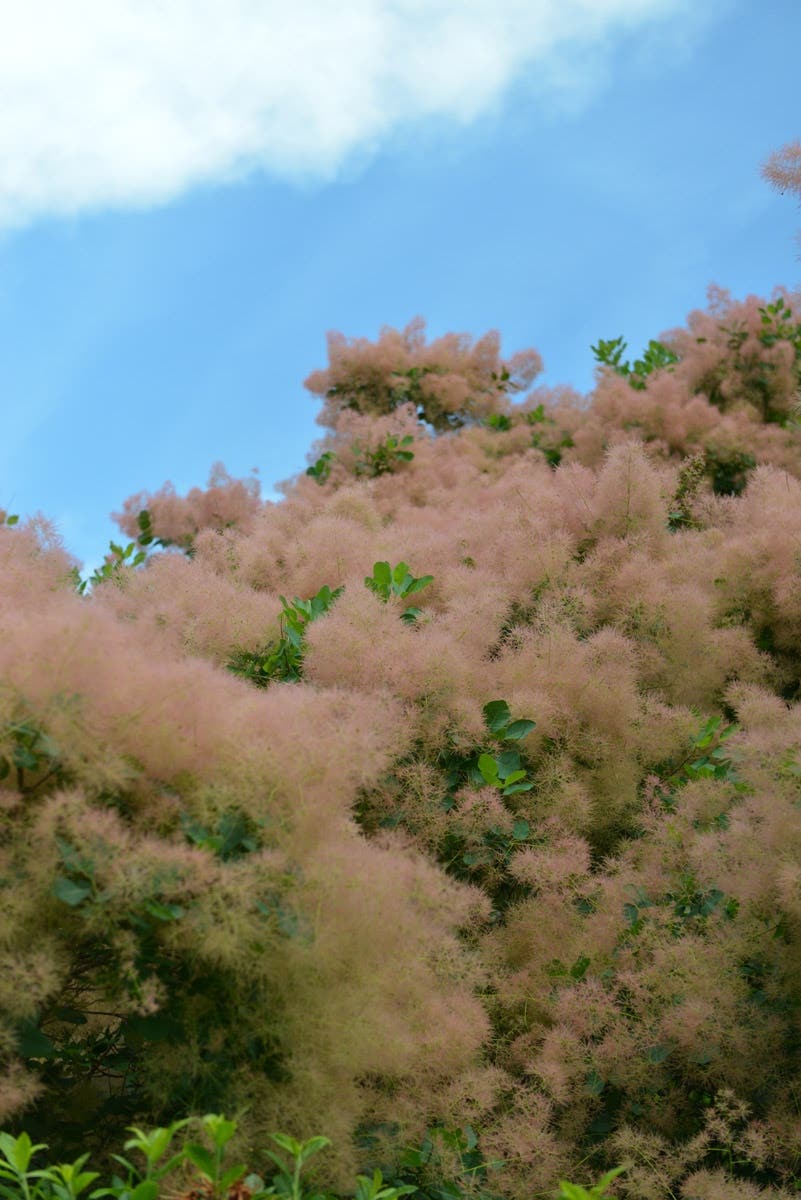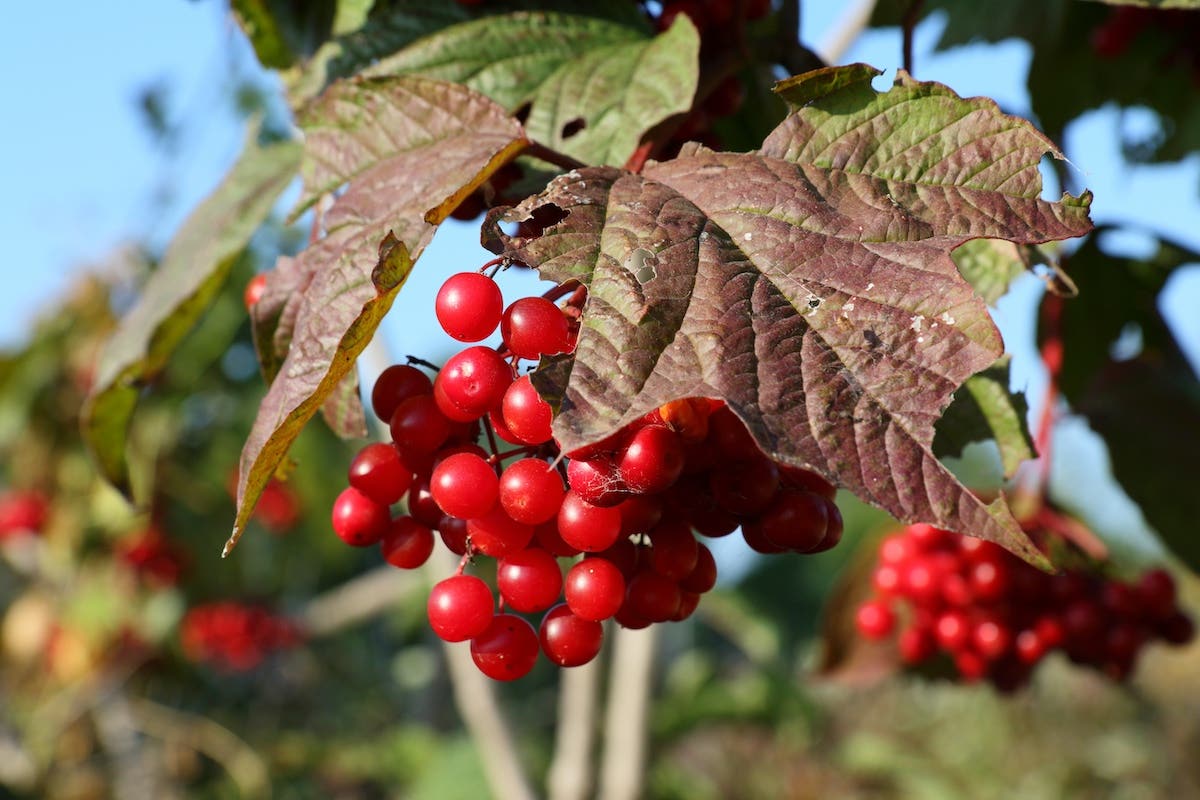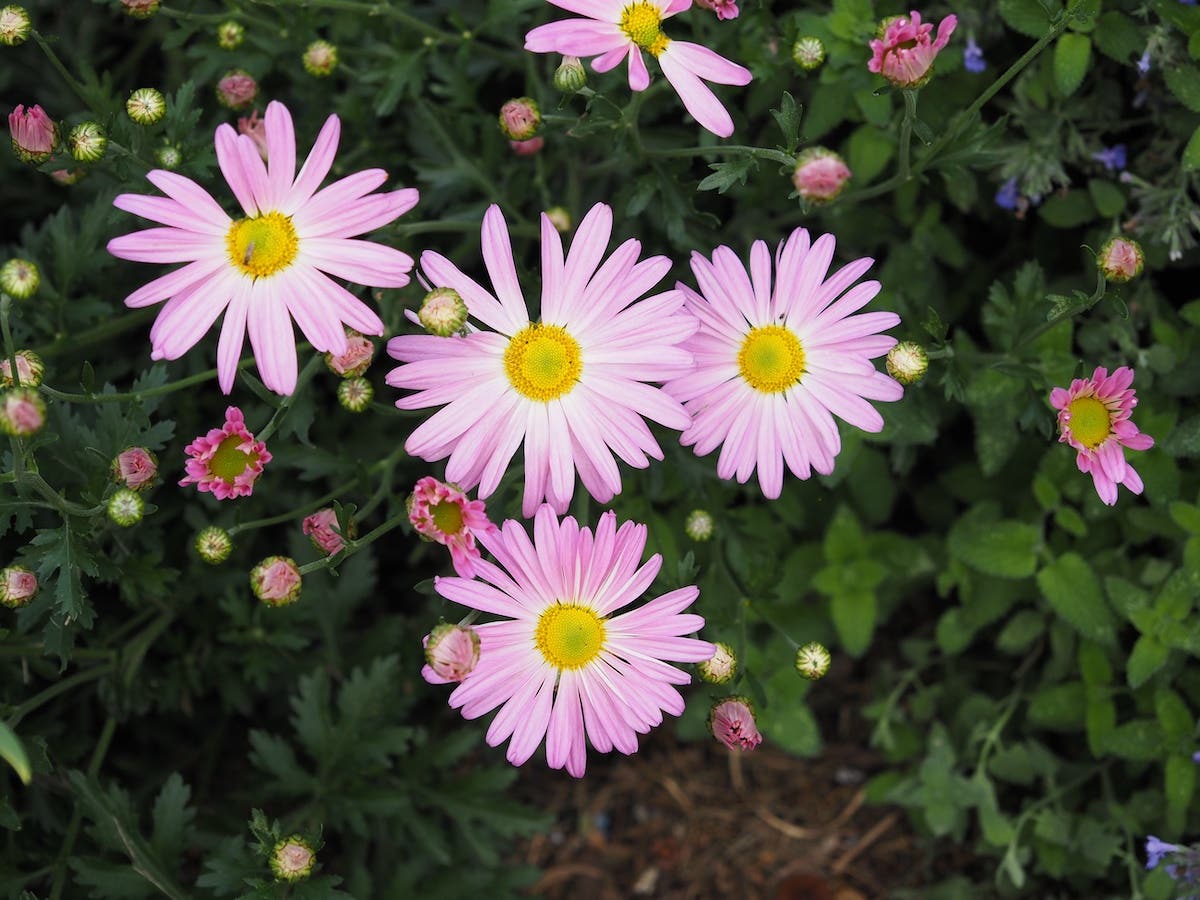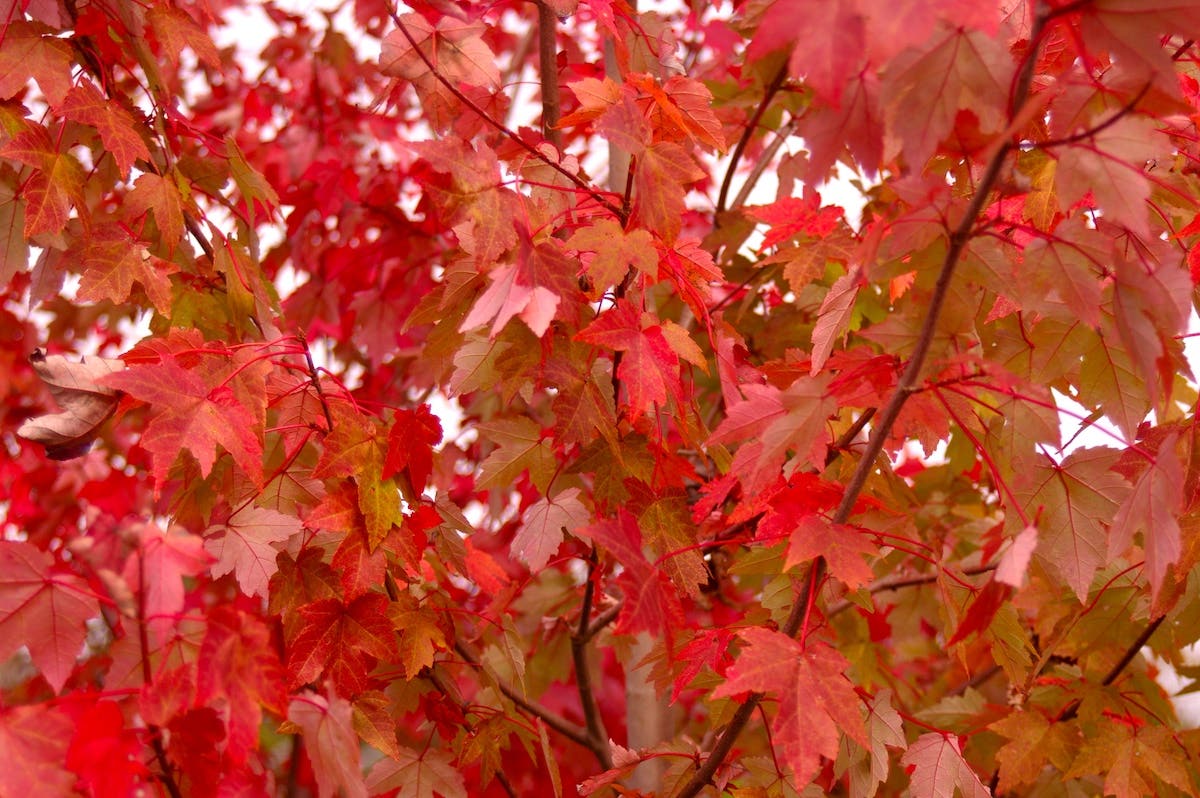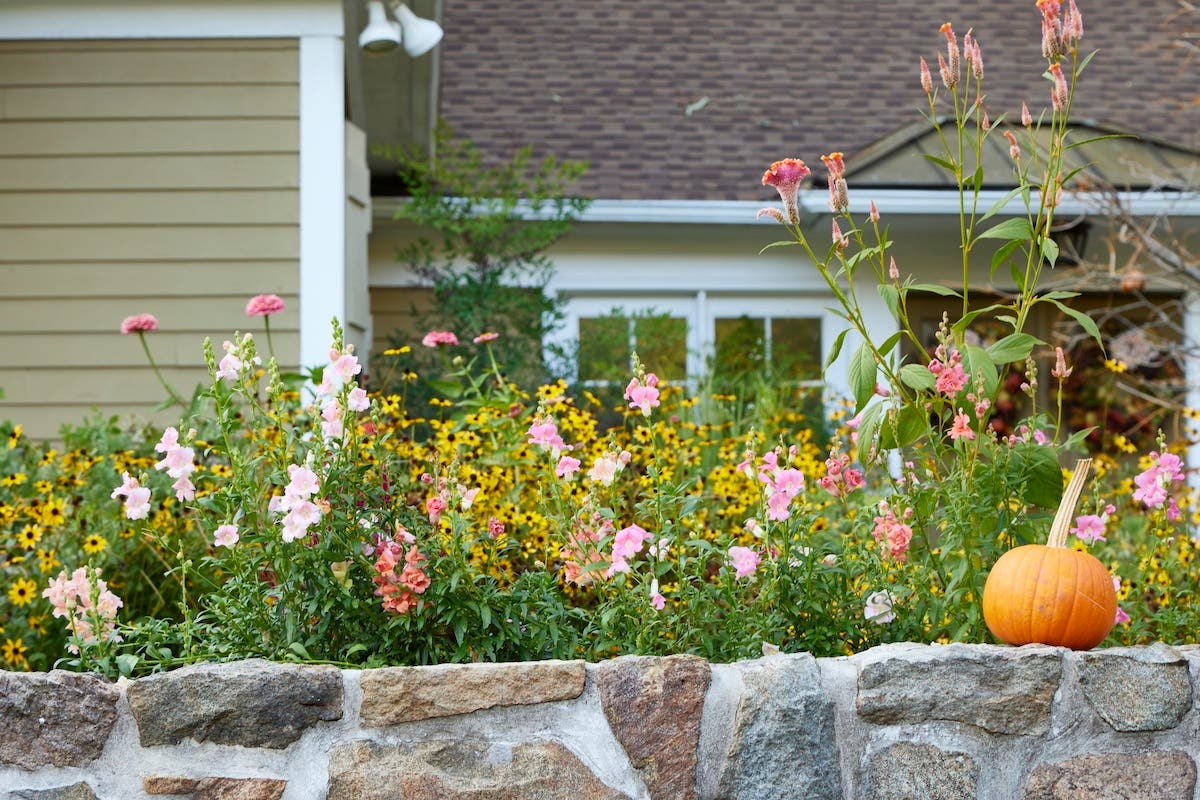Dwarf Hinoki Cypress Are Easy Conifers With Great Texture
Grow dwarf hinoki cypress for unique evergreen foliage that lends color and texture to the garden all year, while resisting heat, humidity and a bit of drought.
Dwarf hinoki cypress (Chamaecyparis obtusa cultivars) make good background shrubs during the growing season, then take over the scene in winter, when their color and texture shine. These evergreen conifers possess a unique, fan-shaped, scaly leaf that's fun to mix and match with other foliage textures. These slow-growing dwarf or miniature conifers can be garden mainstays—they won’t outgrow their space any time soon, and they remain interesting year after year as the garden evolves around them. In 2025, dwarf hinoki cypress was recognized with a Theodore Klein Plant Award, in part because of their ability to withstand warm temperatures and humidity better than many other conifers. (This award program is based in Kentucky.)
Common name: Dwarf hinoki cypress
Botanical name: Chamaecyparis obtusa cultivars
Origin: The species is native to Japan and Taiwan.
Foliage: Evergreen scales held in flattened fan-shaped sprays that can be dense and contorted or more thready and fernlike, depending on cultivar. Color ranges from gold to deep green, again according to the specific cultivar. 'Crippsii' is an example of a dwarf hinoki cypress with yellow foliage. 'Nana Gracilis' grows with a blend of deep green and gold color.
Size and habit: While the straight species C. obtusa grows into a large, roughly triangular tree, the dwarf cultivars remain smaller and exhibit interesting forms, including pyramids, columnar, globular and weeping. The classic 'Nana Gracilis', shaped like a bun, reaches just three feet tall after ten years. ‘Split Rock’ is a larger form, reaching to six feet tall after a decade, with a pyramidal shape and blue-tinged foliage on rippling branches.
Growing dwarf hinoki cypress
Exposure: Full sun
How to grow it: Full sun elicits the best growth habit from C. obtusa cultivars. They enjoy average to rich soil, good drainage and regular moisture. Although more forgiving of lapses in watering than other Chamaecyparis species, hinoki cypress is not drought tolerant. Keep these dwarf trees watered heading into winter and during winter warm spells, and avoid siting one where it would be subject to harsh, drying winds. On the plus side, C. obtusa easily tolerates humidity, a part of its natural environment, as well as some heat. USDA Zones 4–8.
Image credit: Michelle Gervais


